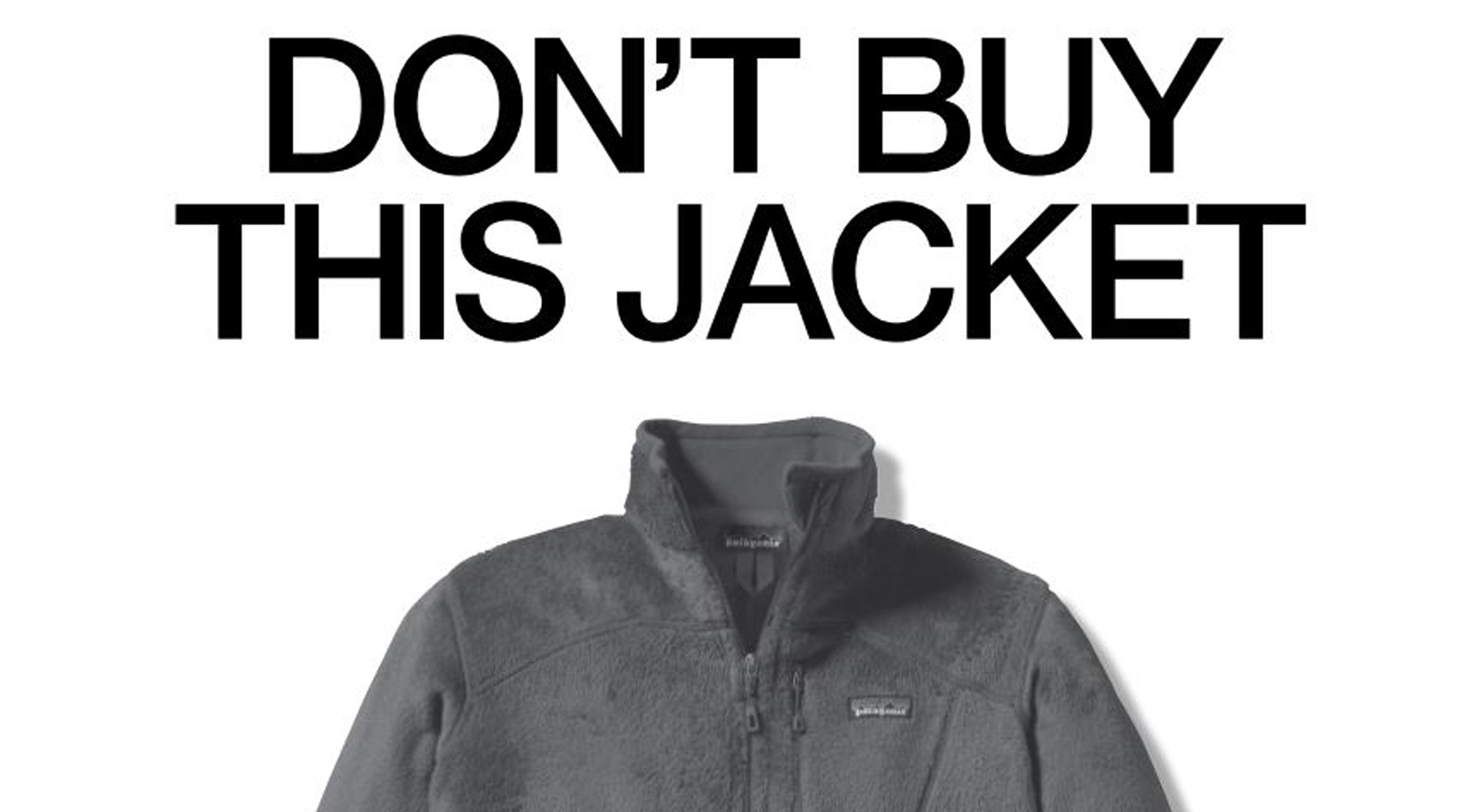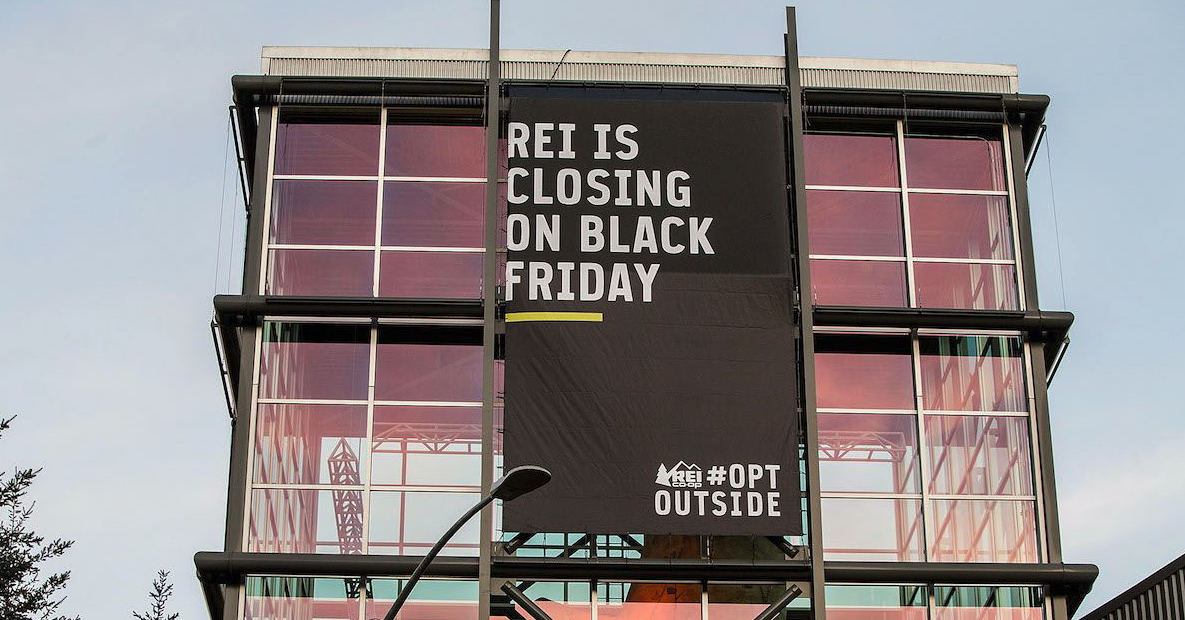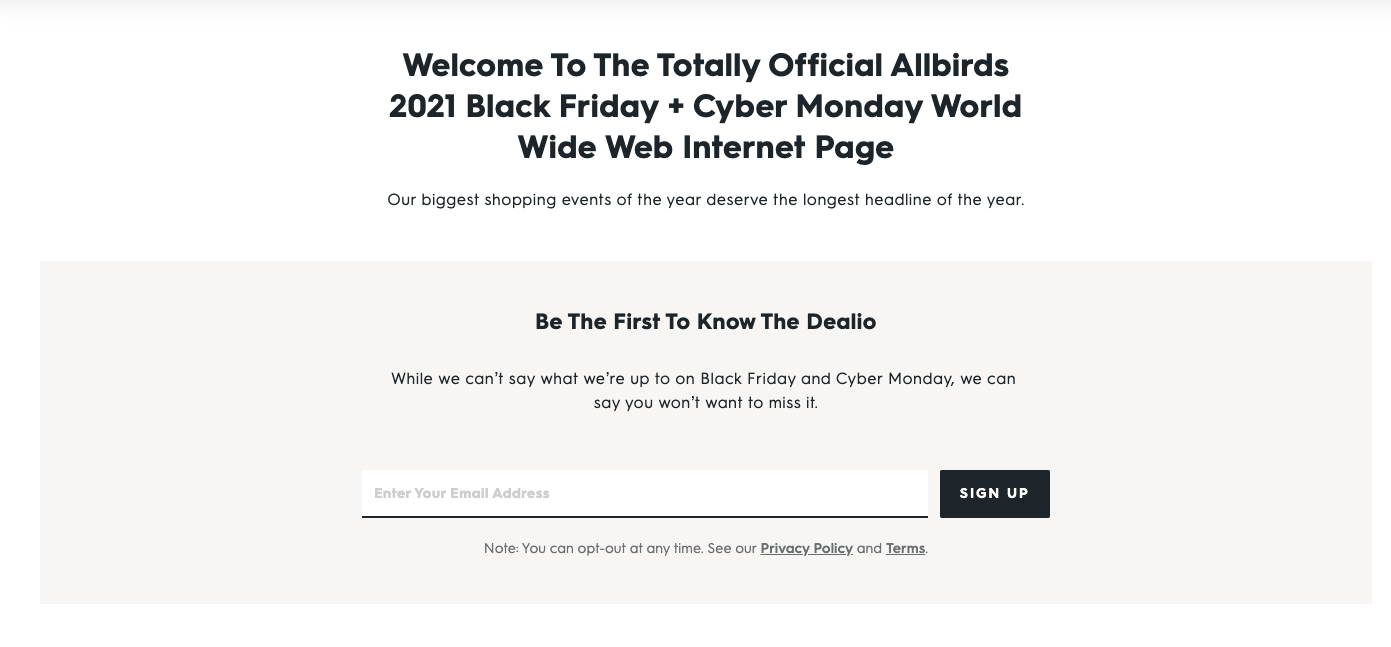To discount, or not to discount?
The fight over black Friday, and why some brands are purposefully stepping back from the playing field.
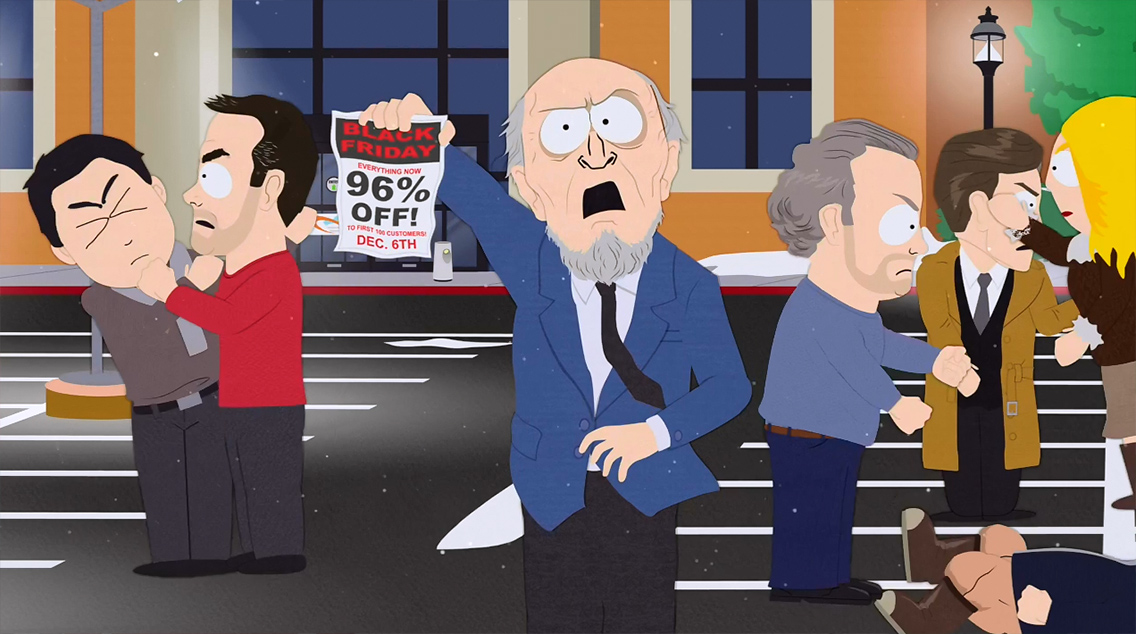
To discount, or not to discount?
5 min read
Brand strategy
Words by Nicole Wong
Although Singles Day is now considered the start of the holiday shopping season for a lot of brands, Black Friday was the originator back in 1961.
A shopping event taking place the day after Thanksgiving known for slashing prices with steep discounts, conjuring up images of lines wrapped around stores and people fighting violently to grab a good deal. What used to last for just 24 hours has evolved significantly, bleeding into 1-2 week events with ‘key’ days of Small Business Saturday, Cyber Monday, Give Back Tuesday…
The event is now increasingly chaotic and busy. Brands often beginning their sales earlier, ending them later or even spanning the whole of November to try and capture consumers amongst the noise. Whilst it is clear that the event (however long it is), is a great chance for end of year sales boosts, many brands actively opting out of the shopping event in the name of brand preservation.
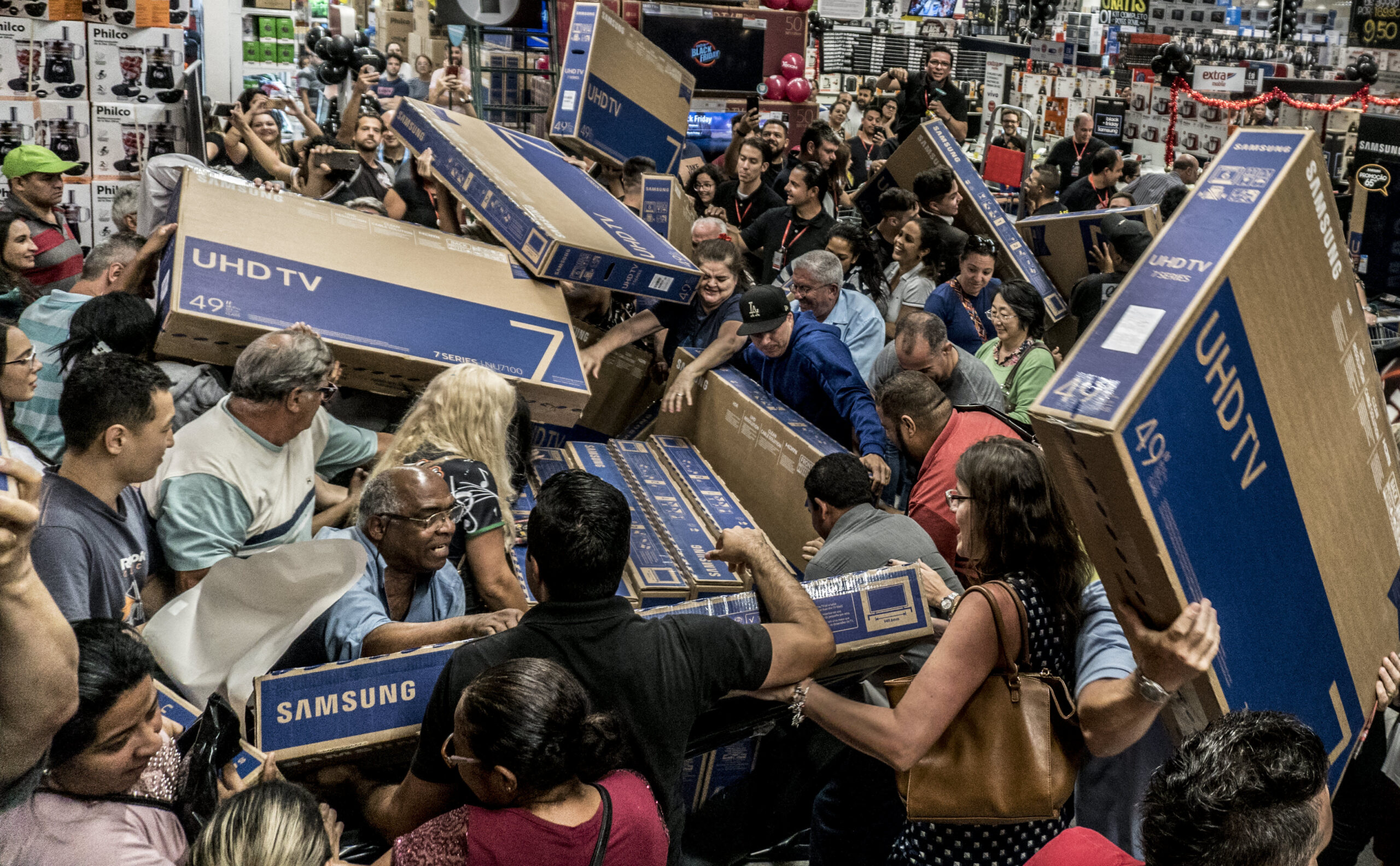
For some brands the message is clear; shop smaller, greener, and less. Brands like REI and Freitag close up shop or shut down websites on the day to force people not to shop with them. Tactics likely inspired by Patagonia, who ten years ago famously ran a full page ad in the New York Times with the headline ‘DON’T BUY THIS JACKET’ to highlight the need to reduce environmental footprint and protect the planet. In 2011 this may have been seen as a bold move when ‘conscious consumerism’ was not as common for the everyday shopper. Sales rose 30% following the campaign, as well as awareness of an increasingly pressing problem. It also cemented the brands position and values which they have stuck by since 1973.
Previous Black Friday seasons, footwear brand Allbirds increase their prices by $1 to donate to climate change charities. This year they have a tongue-in-cheek redirect to an email capture page for those hungry to see what offers might be available.
People want to buy from brands they resonate with, brands that have similar values to them. This is especially relevant with the younger generation who care deeply about societal issues.
There are growing concerns about brands’ role in encouraging hyper-consumerism. Even if someone has no intention to participate in sales, it’s hard to resist when bombarded from all angles hefty discounts that are increasingly easy to buy straight from the palm of our hands mid scroll on instagram.
We are all guilty of making retail therapy an excuse, but what it really is, is an encouragement of the never ending pursuit of happiness, constantly fuelling our desire for immediate gratification. Fast fashion retailer Pretty Little Thing sparked outrage last Black Friday for selling clothes at 8p (0.10 USD), encouraging fast fashion and unsustainable consumption. If a dress from the brand costs 30 pounds usually, on Black Friday, customers were able to buy 375 dresses at the cost of 8p each which obviously raises huge red flags for what workers and production lines are being paid.
Brands are getting more creative in how to position their sales and offerings, whilst also trying to encourage customers to take a pause and really consider whether they really want and value the product before making a purchase. From Archive Sales popularised by Helmut Lang and Raf Simons and now being adopted to shift out-of-season stock by new-wave brands – to purposeful roadblocks in the customer journey to slow down the speed of purchase.
Weighted blanket brand Bearaby launched a Black Friday blanket for customers to “sleep on” before checking out. Customers are only able to complete the purchase 60 hours later, ensuring that it’s not an impulse purchase. The brand also intentionally put in slight interruptions to create friction in the customer journey with things such as popup questionnaires about purchase motives, polite reminders to take a pause before clicking add to cart.
Purchasing from brands is increasingly becoming much more than simply buying a product. People want to buy from brands they resonate with, brands that have similar values to them. This is especially relevant with the younger generation who care deeply about societal issues. The brands they consume are a representation of who they are, so they are more likely or will only buy from a brand that has values that align with their own.
Boosting conversion is important, but brands need to keep in mind that customer loyalty is equally important.
Black Friday is key for smaller businesses to reach and acquire wider audiences. Lower prices mean lower barriers to trying new brands and new products. Boosting conversion is important, but brands need to keep in mind that customer loyalty is equally important. The holiday is a time to engage new customers to build new relationships but also a time to engage with your loyal customers and make them feel special. Black Friday doesn’t have to be about steep discounts, but brands can also highlight added-value that it can bring to their customers. Free express shipping, free returns, early preview access to new products are all ways to make existing customers feel valued and special.
As more and more consumers value sustainability and become aware of the damage that hyper consumerism can do, it is only a matter of time before Black Friday begins to slow down. Those that are running Black Friday sales are putting a huge amount of pressure on the few days in the holiday to drive sales, but it’s essential to remember that short term sales doesn’t equate to long term growth for a brand.
